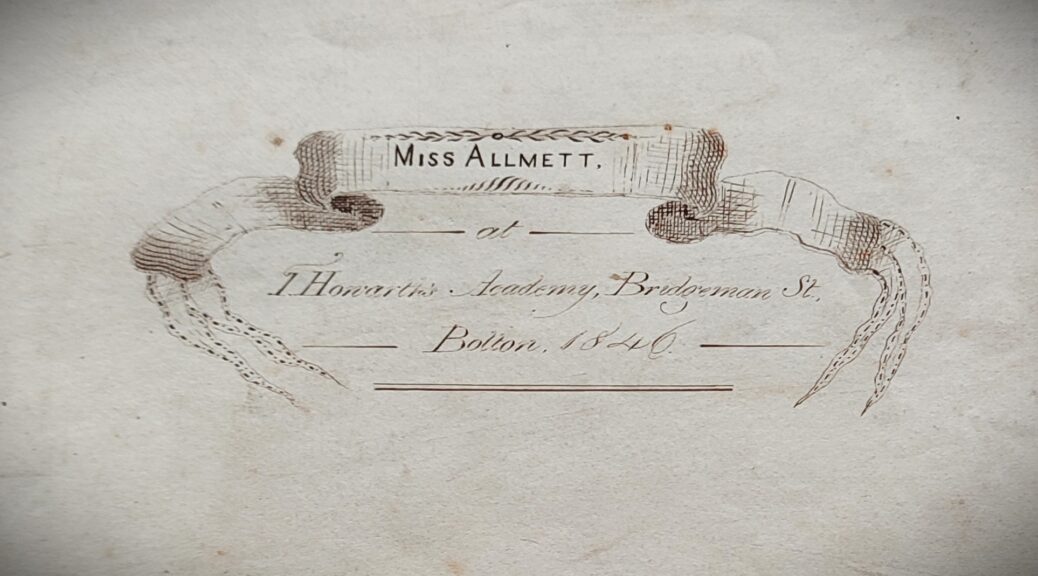
Point to Paper – The Beautiful Math Book of Miss Allmett of Bolton
This post is about a beautiful handwritten maths book. The first time I saw it, it was as if it was calling out to me. I think we were meant to get to know each other better. I can’t say that other maths books have had the same effect on me. You will soon get to know what enchanted me. The post you are about to read is based on the lovely maths book of a young lady. She wrote the book over 180 years ago. I’ve actually never heard anyone use words like beautiful and gorgeous about maths books. The book before me was handwritten by Miss Allmett. She was a student at an academy that offered education to girls. I will also show a few pictures from an almost equally well made maths book that was written 10 years earlier. It was written by Miss Ellen Ibbotson.
The post has a darker side. It is about a trip to the city, collecting debts, a murder and a hanging. I will try to find out if this was the reason why a school changed its name. Everything takes place in the city of Bolton between 1836 and 1884.
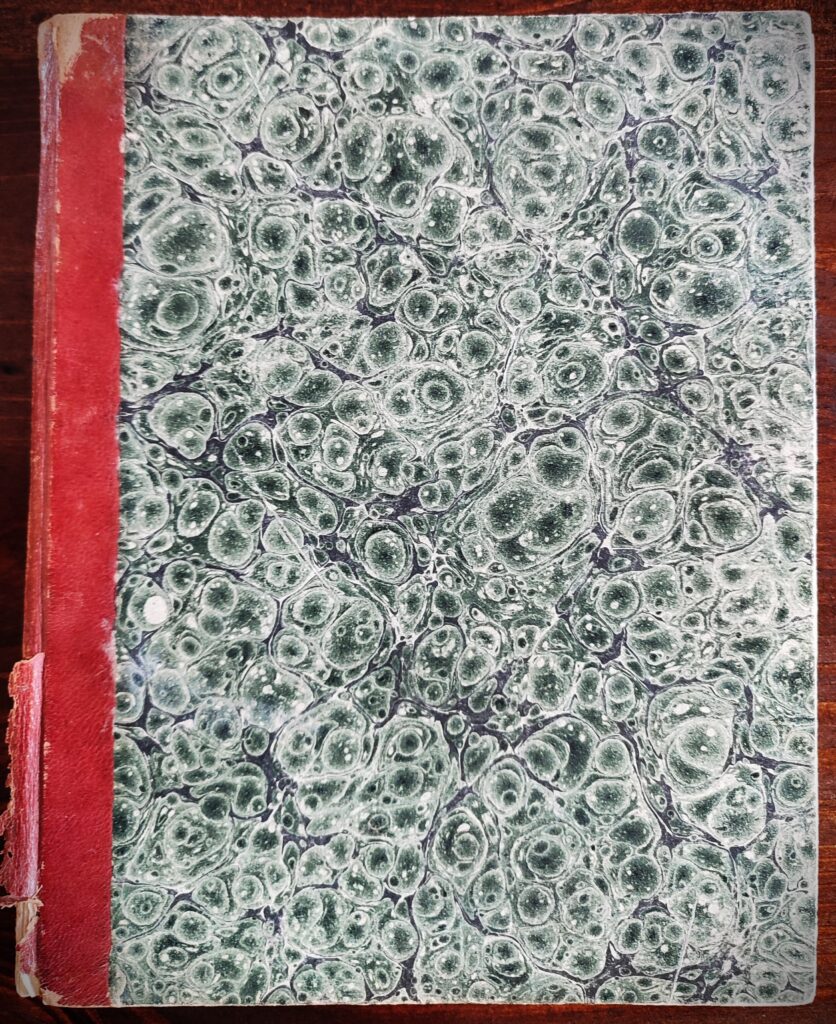
Bolton is a city that is close to the West Pennine Moors and is located between the cities of Manchester, Blackburn, Wigan, Bury and Salford in England. Bolton has today close to 140,000 inhabitants. The city is first described in the year 1185. The motto of the city is Supera Moras. It means something in the direction of overcoming difficulties . The city has a long tradition of beautiful aesthetics. In the 14th century, the town was settled by Flemish weavers. They introduced handmade woolen fabrics. In the 18th century came the second wave of Flemish weavers. They were refugees from persecution. They were Huguenots . This second wave of Flemish refugees introduced woven fabrics of linen and cotton. Bolton has always been known for it’s trade and manufacturing. The town had a total of 216 cotton weaving mills in 1929.
Miss Allmett’s maths book is almost like a fairy tale. At first glance, it seems very special and unique. Perhaps one of the most special things is that beautiful maths books were not really that special at the time they were made. If you went to school in the 19th century, and perhaps were going to become a teacher or a trader, it was common to make your own maths book. Making it beautiful was a result of doing the job properly. You simply could not afford to spend that much time, good paper and expensive ink and be sloppy. It was unthinkable. If you were lucky enough to go to school, it was expected that the everything was done with diligence.
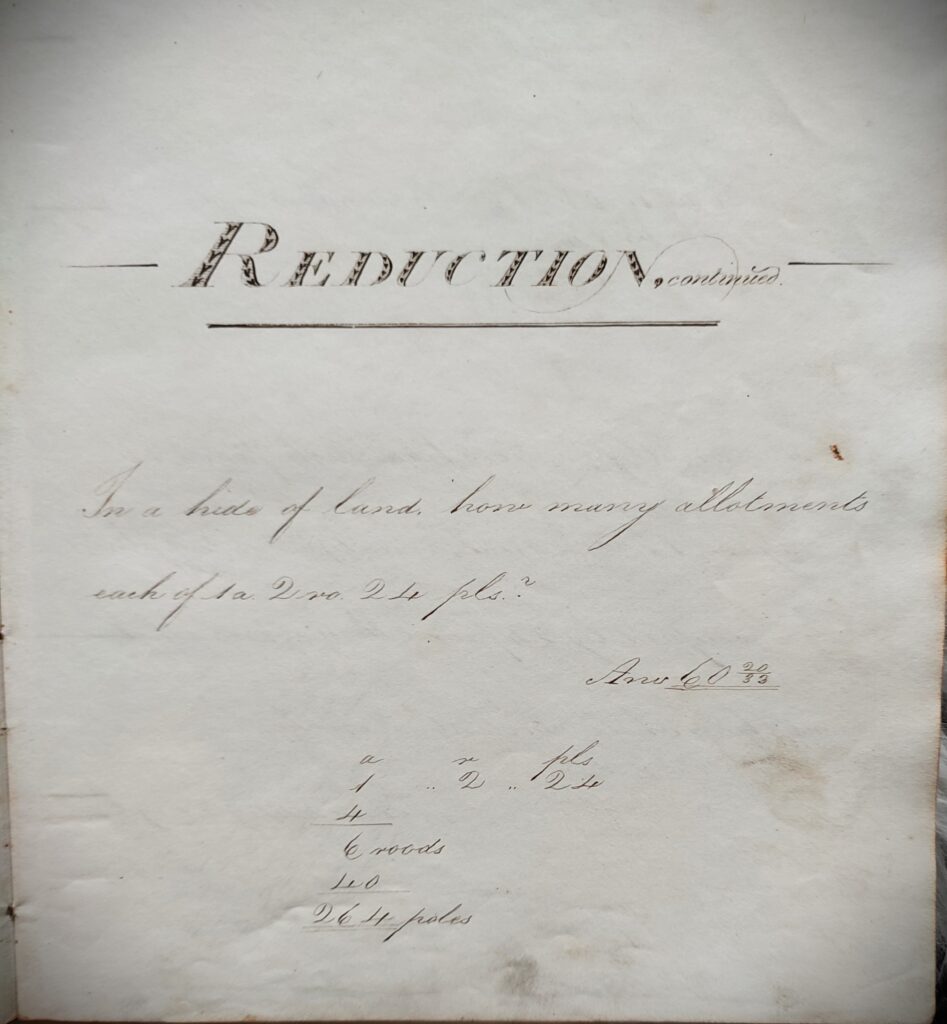
This means that Miss Allmett’s maths book also is strangely ordinary. At that time, the other students in her class would have done much the same thing. It may be that Miss Allmett was a little smarter than her fellow students, but similar handwritten books from this time are, with greater or lesser variations, about as fine. This means that the book you will get to know today is something most people could manage to achieve. I am then also thinking of you, the reader. It is within reach to manage. Paper, ink and dip pens are easy and affordable to get hold of. The only thing missing is that you are willing to practice. It couldn’t be more beautiful, could it?.
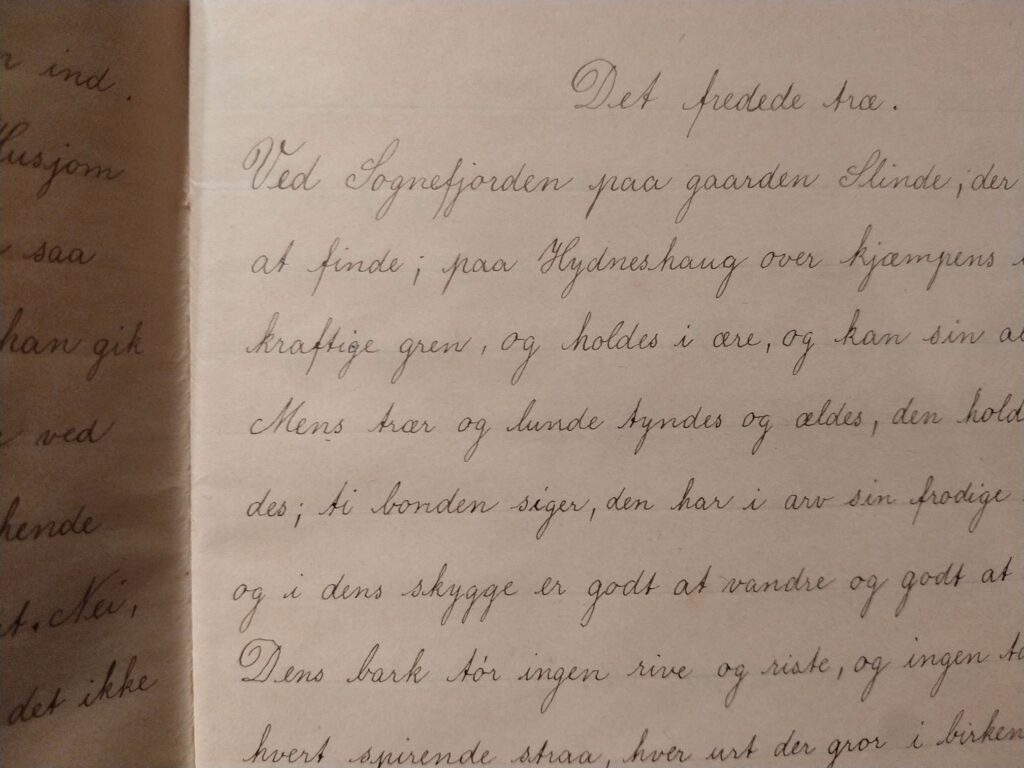
I know very little about Miss Allmett. I don’t even know her first name. What if she had known that her maths book was going to be studied and written about 180 years into the future? I doubt anyone in 2204 will write about my old maths books from secondary school. I picture her sitting and working hard. She dips the pen and carefully writes the numbers and letters with precision and diligence. Miss Allmett was probably somewhere between 12 and 16 in 1846. My great-grandmother Signe had an equally beautiful handwriting (see picture above) in her Norwegian book from the end of the 19th century. She was between 10 and 12 years old when she wrote it. My own handwriting as a 12-year-old was nowhere near. That’s “only” 40 years ago. Handwriting in general hasn’t exactly flourished in school after that.
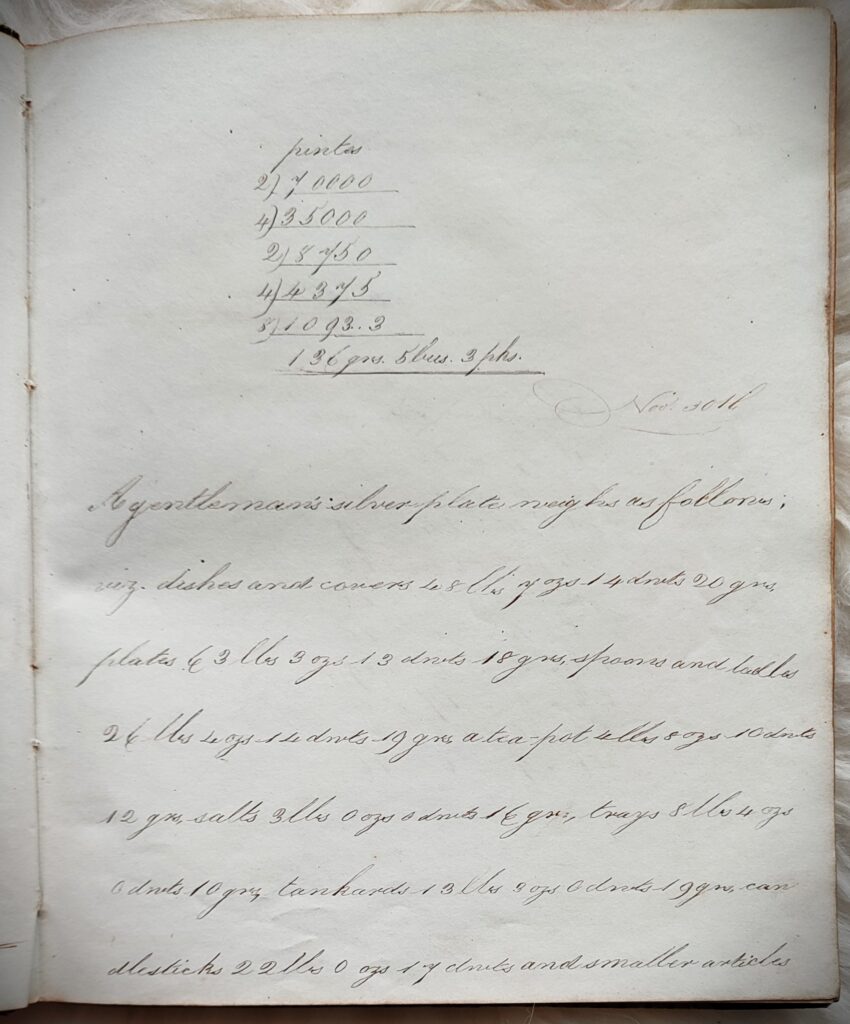
I also know that Miss Allmett was a student at Thomas Howarth’s Academy . It has not been easy to find anything about this school. What I do know is that the academy was located in Bridgeman Street in the town of Bolton in England. The school was located right next to the public bath in the same street. The public bath had 1,000 visitors every day. Thomas Howarth’s Academy was established in 1836. At some point it changed its name to Bolton Commercial School. I will come back to the reason for the name change, but I can reveal that it is the reason why this post is also about a murder.
Miss Allmett wrote her beautiful handwriting with a dip pen and with a metal nib. The font she uses would be very difficult to achieve with a quill pen even for a professional writer. The mantra for writing at Howarth’s Academy was: “Light on the upstroke and heavy on the downstroke”. If you are writing with a flexible nib, it is absolutely necessary to do it this way to get your handwriting flowing. With this type of nib, the writing becomes fantastic almost by itself. Actually, if you want to write effectively with a flexible nib, then it’s important to be light-handed all the time. You just need to be slightly heavier on the downstroke. It’s important not to overthink it. The line variation comes naturally if you let the pen lead you. Here are som links to help you start practicing. It’s important to practice holding the pen correctly and allowing the nib to move against the paper in a way that does not force the two thin tines. Most people can produce a font that resembles Miss Allmett’s. Posture and sitting position can be learned through The Palmer Method.
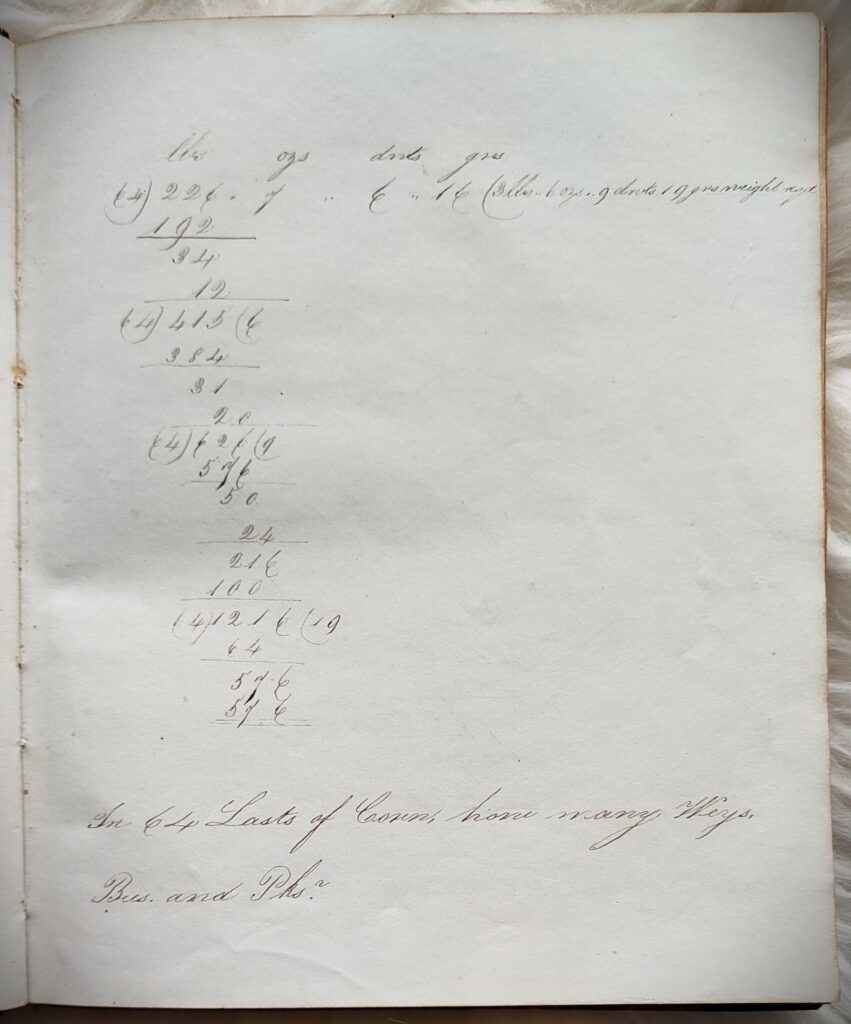
I can recommend the pen holder Tachikawa model T40 and a Zebra G nib either in chrome or titanium. Both nibs are among the best you can get your hands on and are relatively durable. The titanium nib may last twice as long. Miss Allmett probably did not have access to equally good nibs. That means there is no problem obtaining equally good equipment. You can also buy good nibs made by Gillott, Brause, Nikko, Kakimori, Deleter and Tachikawa, but the Zebra G-nib is a good place to start. The Zebra nibs are durable, can withstand an inexperienced hand, can produce a relatively thin line and provide lovely line variation. I use them for both writing and drawing.
Remember that a fresh nib must be prepared for use. Put on disposable gloves and wash the nib well with toothpaste and a toothbrush. Don’t touch the nib afterwards! Continue using gloves when you attach the nib to the nib holder. A clean nib without any grease will hold much more ink. That means you can write many extra words between each dip. Always start by licking the clean nib before the first dip. In this way, the enzymes in your saliva contribute to a better flow of the ink. Practice being lighthanded so that you get thin, elegant lines. Miss Allmett can be a guiding star. Remember to rinse your nib under running water after use.
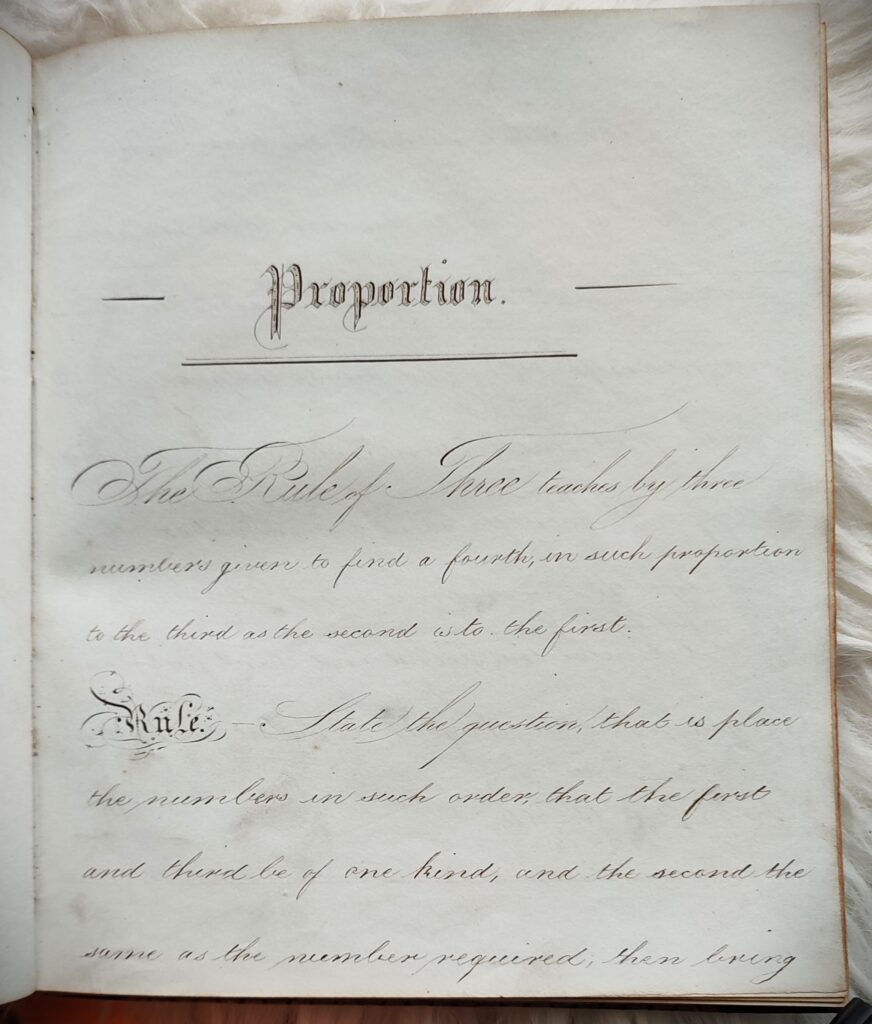
Miss Allmett’s handwritten maths book is a so-called Ciphering Book . Martin Membry, owner of the antique shop Old Mint House in Reigate in Surrey, writes on Ebay:
A ciphering book was a manuscript notebook that contained mathematical definitions, rules, examples, problems and exercises. It would have included basic arithmetic, as well as more complex subjects including algebra, geometry, and trigonometry. In addition, a ciphering book often emphasized mercantile subjects such as barter, the calculation of interest and surveying. Copied by students, usually from a teacher’s own ciphering book, the notebooks became the student’s personal “textbook,” to be used in class and also as a reference book later in life. Ciphering books were always written in ink, often with calligraphy headings and illustrations.
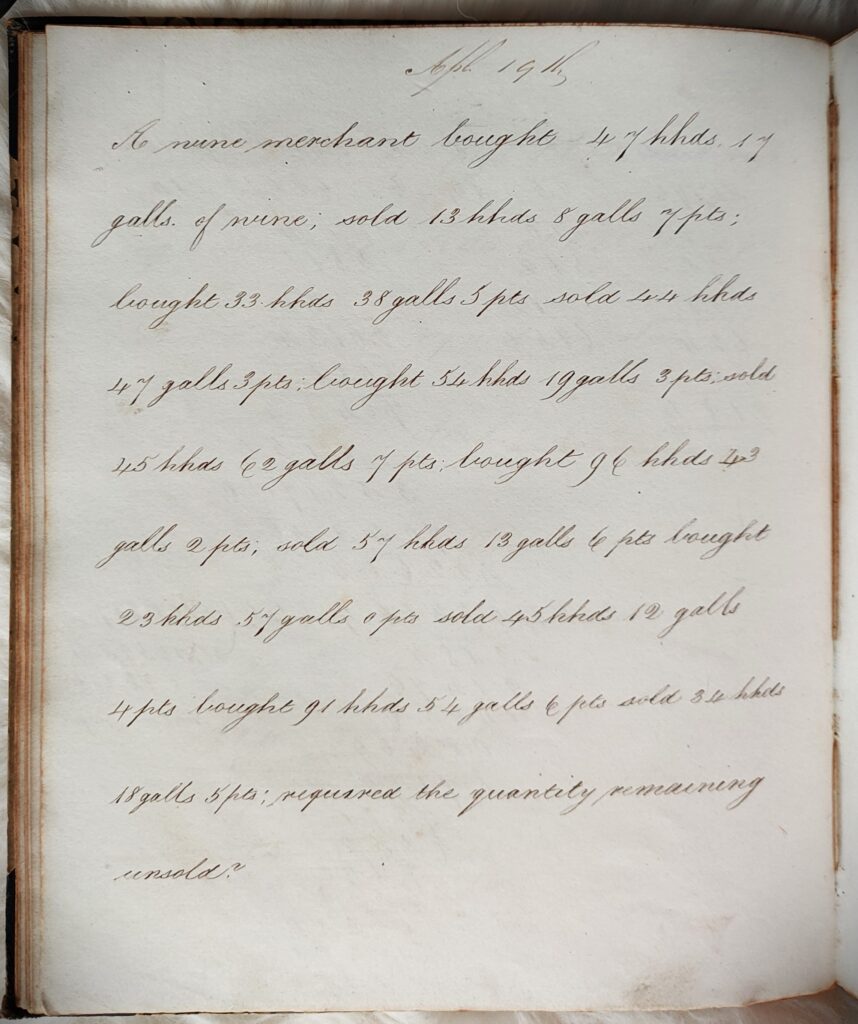
A Ciphering Book was thus a kind of math book that was made by hand. It was often a copy of the teacher’s own book and it often served as a reference book for the owner for the rest of his or her life. The mathematics was practically oriented and was often about the profession you were aming for. It was important to know a variety of measurement strategies for weight, volume and surface area. It could also be a matter of practical business methods for calculating things such as loan interest, quantities or ways of measuring land and buildings. This knowledge gave you the opportunity to both buy, sell, build, design and produce. The book was naturally very valuable to the owner.
Knowing a certain amount of basic mathematics was essential to being able to work as a trader, craftsman, manufacturer or teacher. It was also important whether you were managing a household or working in an administrative position. It is important to remember that all forms of calculation had to be done by hand and had to be done manually. Some of the few aids available were handwritten maths books, calculation tables and the slide rule. The slide rule was a fantastic aid for complicated calculations. It was invented by William Oughtred in 1622. It was used by engineers all over the world until the 1970s. Both my grandfather, who was born in 1906, and my father-in-law, who was born in 1939, used a slide rule in their working lives. Both worked with engineering tasks.
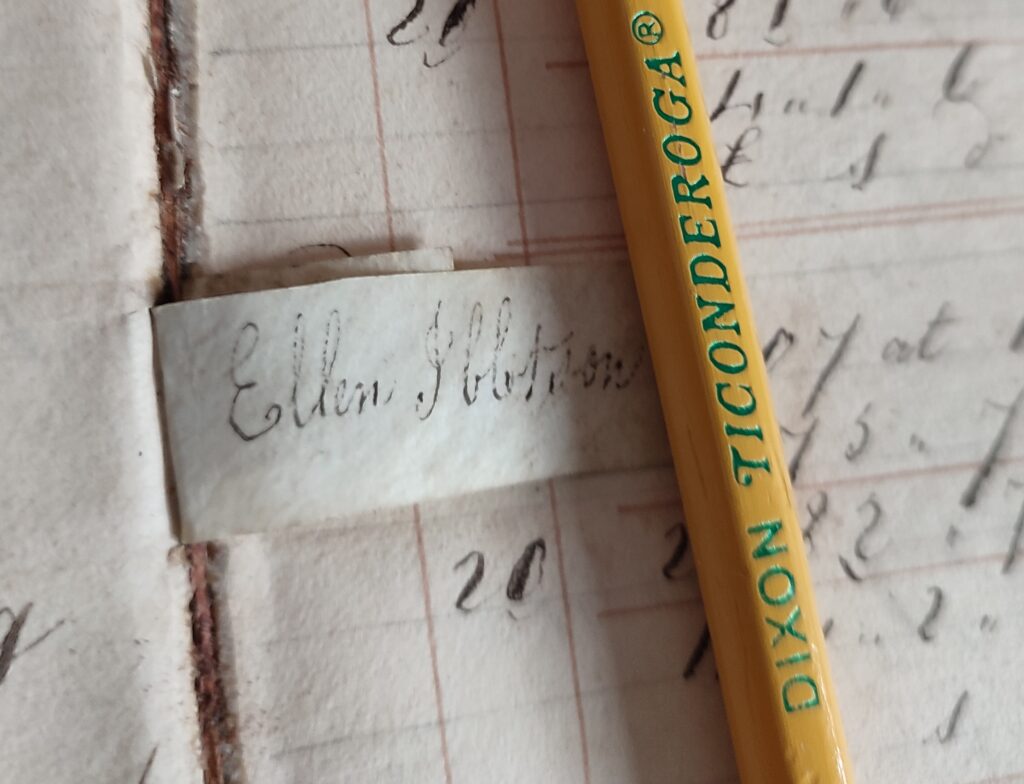
You may be wondering if I have forgotten the murder. I have not. We have to start with a couple of principals who weren’t murderers. The first headmaster, who also was the one who established Thomas Howarth’s Academy, was, as you may have already guessed, Thomas Howarth. Thomas was still headmaster in 1871. Sometime between 1871 and his death in 1874, his son Francis Gaskell Howarth took over. At some point after this the school changed its name to Bolton Commercial School. Although this name seemed like a good change anyway, for precisely commercial reasons, I think there may have been another reason why Francis thought it was time for a name change. The reason, I believe, may have been a murder that occurred in the city in 1884. According to the UK Execution Register , the murderer Kay Howarth was hanged in Manchester on the 24th of November 1884 for the murder of Richard Dugdale on the 3rd of October the same year.
Kay Howarth was known as a hobo and a local thief. The deceased, Richard Dugdale, was a traveling salesman from Wakefield. On the 3rd of October 1884, Richard was out on the town having a drink with his old friend Robert Hall. Robert and Richard were eventually joined by Kay Howarth. Together they took a long round from pub to pub. Richard did some business along the way and collected outstanding debt from his customers. At some point Robert left. The evening ended with Kay following Richard home to the hotel.
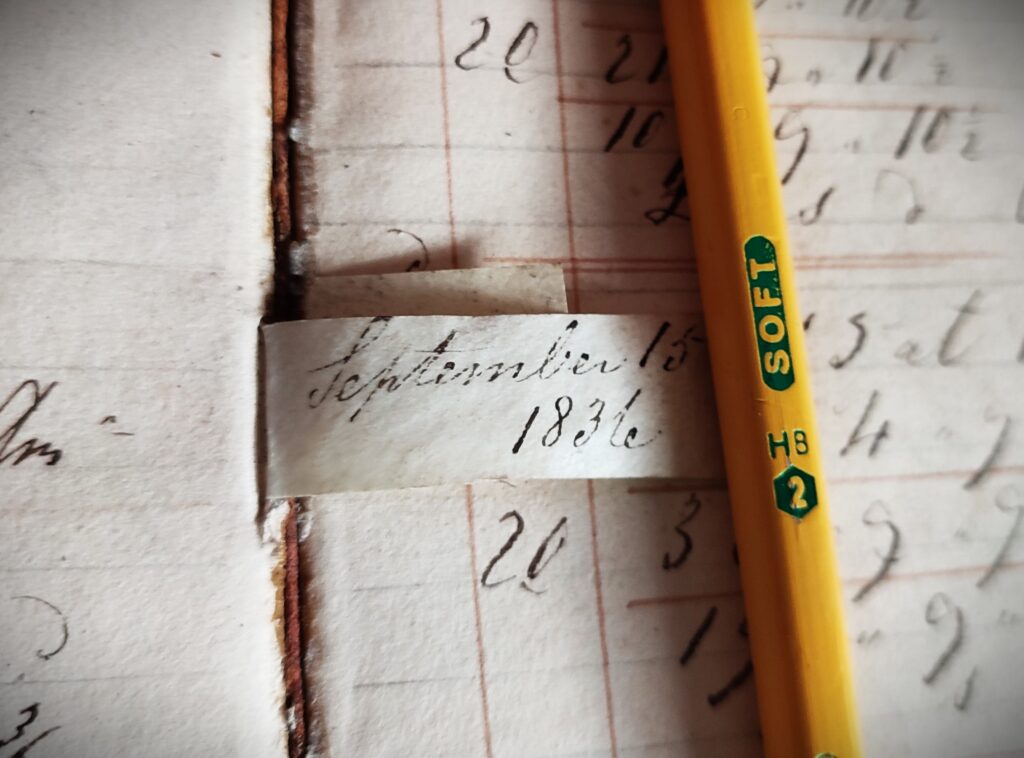
The next day, Richard was found dead with severe stab wounds and cuts to his neck and face. Next to the body was a suicide note. Few believed the letter since all the belongings had disappeared. Later that day, Kay was arrested with blood on his clothes and with both money and property belonging to Richard. The case was clear to the judge. Kay was executed by hanging in Manchester just over a month later. There was no reason to delay carrying out a sentence in 1884.
I don’t know if Kay was related to Francis Gaskell Howarth, but I would imagine that having the same name on a school as a local famous murderer was not ideal. The murder had just happened in Bolton. The crime scene was not far from where the school was located. The case was, of course, well known to everyone in town. Kay Howarth could read and write. He had therefore gone to school and gained some education. He had been able to write a readable suicide note even though no one believed its contents. I don’t think it’s inconceivable that he was actually related to the school’s headmaster and at one point even might have been a student there.
I would like to end this story with something nice. We take a trip to the book that was made by a young lady who went to the same school 10 years earlier. Her name was Miss Ellen Ibbotson. Just look at the picture below. Isn’t it beautiful?
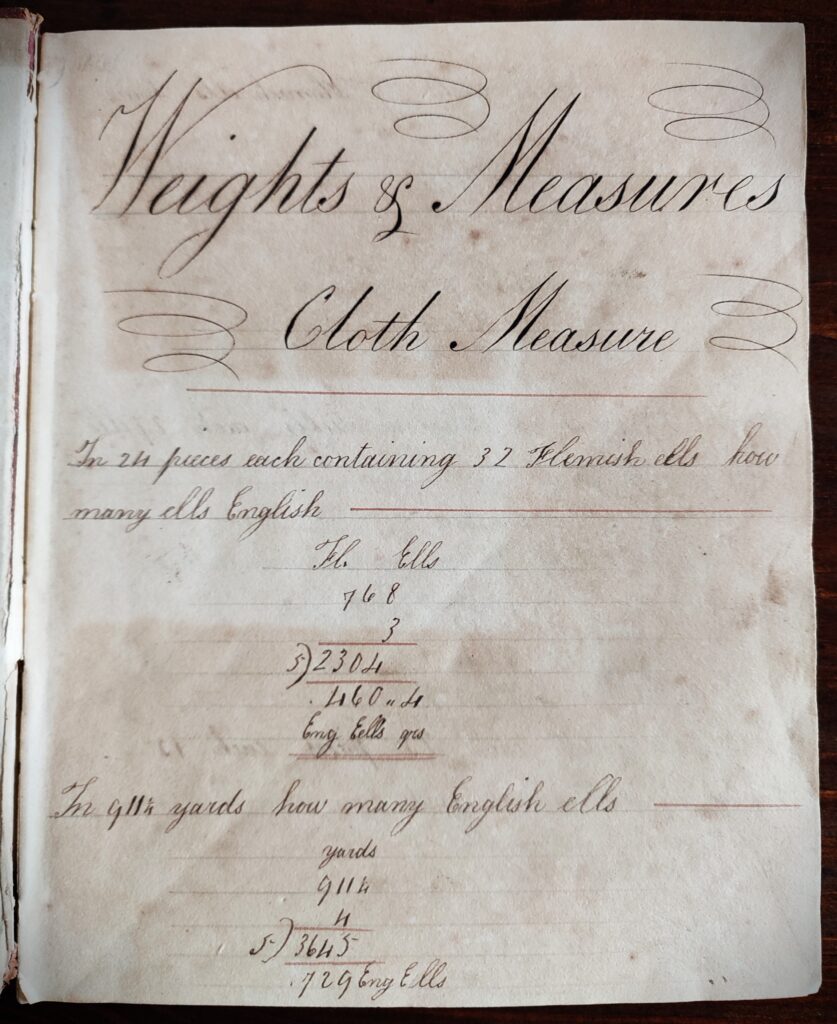
All photos in this post were taken by Kjartan Skogly Kversøy. The references are mainly included in the text in the form of links. They are easily recognizable in blue print. Just click on these if you want to explore the topic further.
One thought on “Point to Paper – The Beautiful Math Book of Miss Allmett of Bolton”